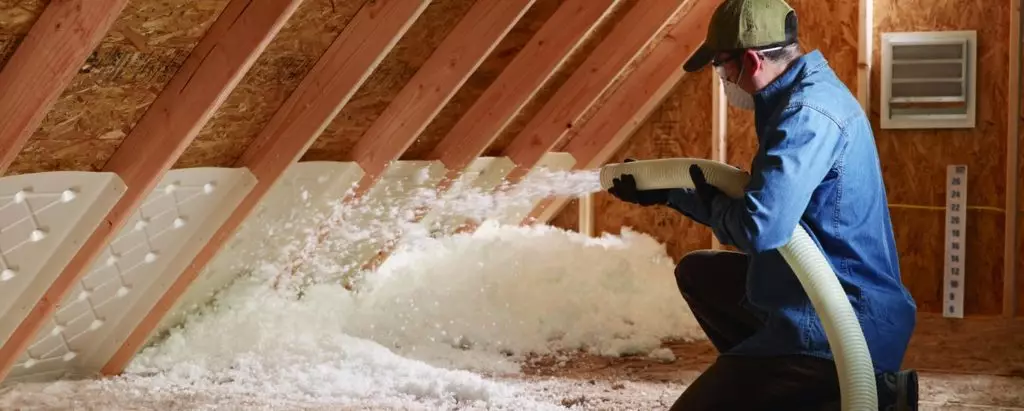What Part of a House Should You Insulate First?

Efficient and reliable home insulation is key to comfort, as well as a potential source of significant savings. But how do you know which part of your house you should insulate first? Koala Insulation can help.
First, you must remember that your house is not an air-tight vault. You might have installed an energy-smart thermostat, double-pane windows, and an alarm that reminds you to close outside doors, but that’s just a start. According to the Environmental Protection Agency your windows, outdoor faucets, crawl spaces, even your dryer vent allow outside air to seep into the house, while the attic, chimney shaft, recessed lighting, and the walls’ rim joists allow inside air to escape. Look at this EPA chart for more information. The result is an irregular fluctuation in heating and cooling, despite your best efforts to regulate temperatures and save money. You will likely feel the leaks from windows and doors, but the unseen leaks can be just as wasteful. Instead, consider developing a plan to insulate the “shell” or “envelope” of your house:
- the outer walls
- ceiling
- windows,
- doors
- floors
At Koala Insulation of Gateway West, we recommend that you determine your priorities and look at your budget. Begin by asking yourself a few questions:
- For instance, how long to you plan to live in your house?
- Can you get a tax credit for your specific energy upgrades?
- How much better will your family feel after making the necessary improvements?
Here are some additional questions you might want to consider as you make your decision.
We suggest that you begin with the attic, mainly because it encompasses so much “dead space” where heat readily escapes and where cold air can enter, depending on the weather. The attic is often home to rodents, insects, birds, and bats that may take advantage of the warmth to build a nest. Over time, their urine and droppings not only contaminate your home insulation, but they can damage your insulation or ruin it entirely.
If your house was built before 1980, it is possible that your home insulation has degraded, especially in the attic. If so, you will want to replace it. For instance, uncontrolled airflow and temperature instability can create a breeding ground for mold and mildew. Our experts will conduct thorough tests to determine whether the integrity of your home’s structure has been compromised, and they can show you how to save money and avoid wasting energy.
Our home insulation technicians are experts in the field. We use thermographic imaging to find the leaks and help you decide which kind of insulation you need. We offer different kinds of products, including:
- blown-in insulation
- spray foam
- batt (or blanket) insulation.
Our technicians then seal your home. If you have holes in the attic, we will plug them. Click here to discover what the EPA says about sealing your home.
After installing the appropriate insulation, technicians will remove all the old insulation and dispose of it in an environmentally responsible way. In some cases, we don’t have to remove the existing insulation; we can simply cover it with new, improved insulation. Either way, we will leave your home sanitized, deodorized, and protected.
Find Your Location


Get a quote


